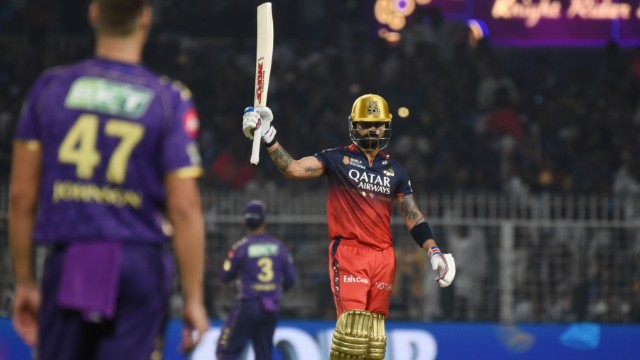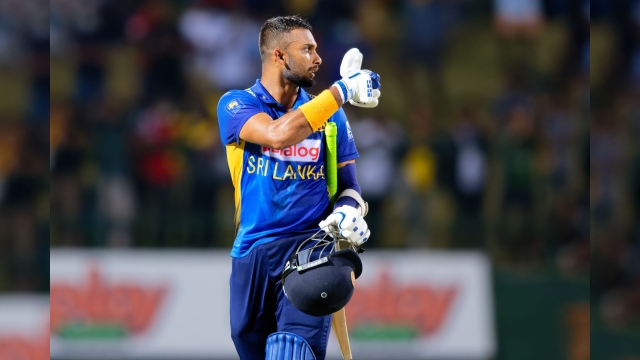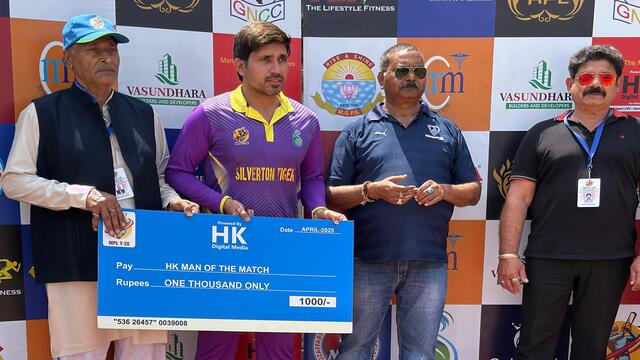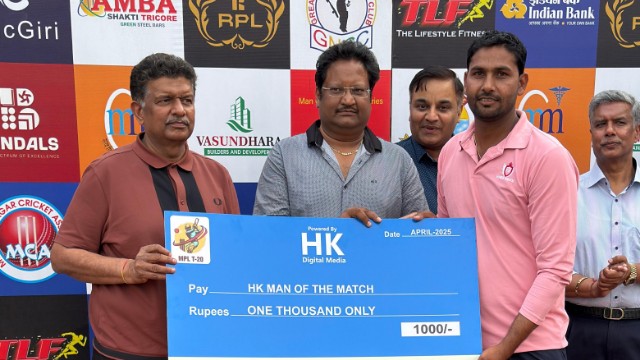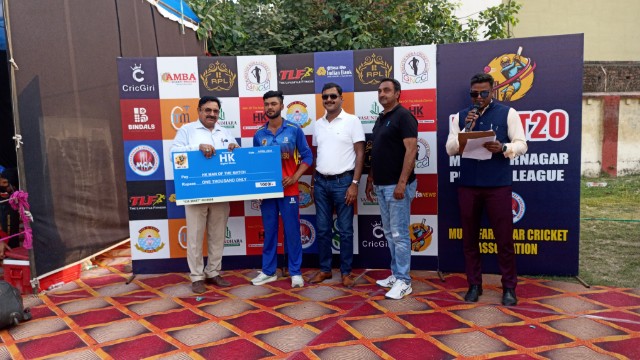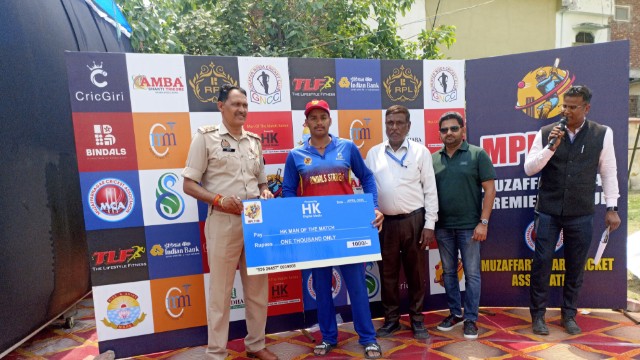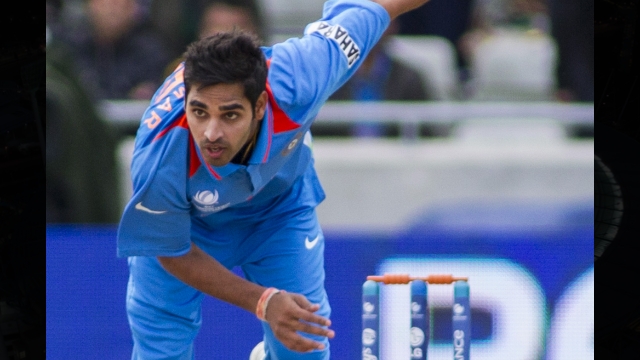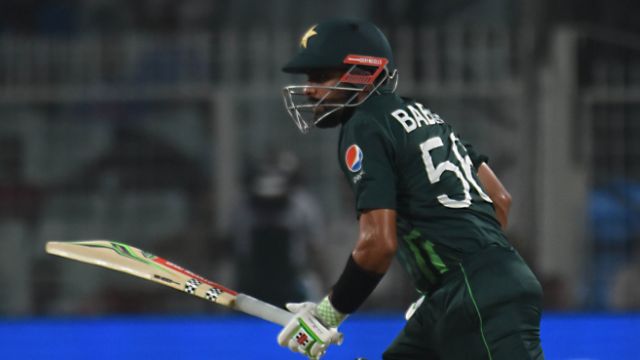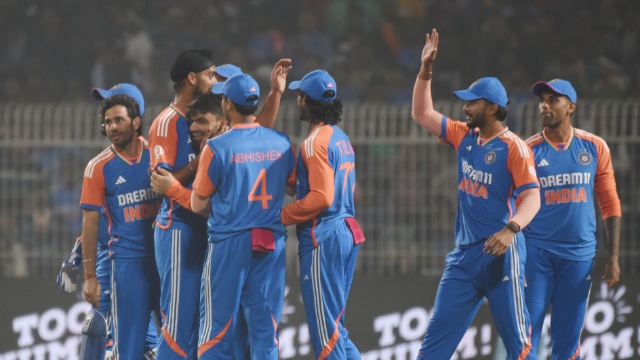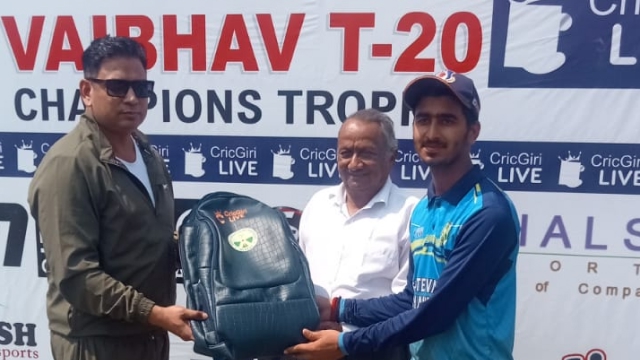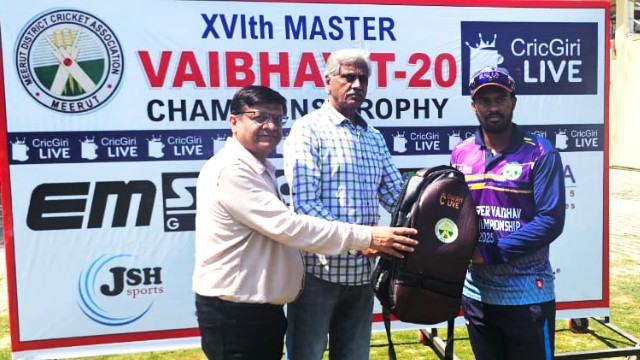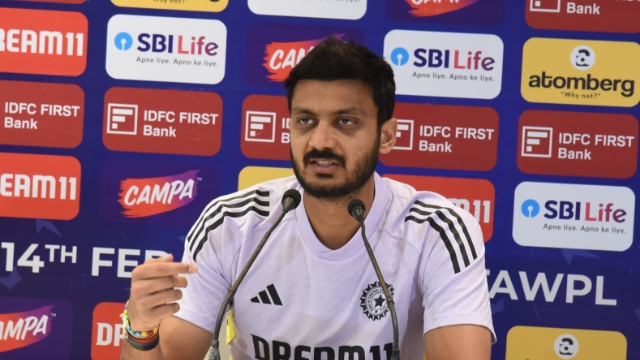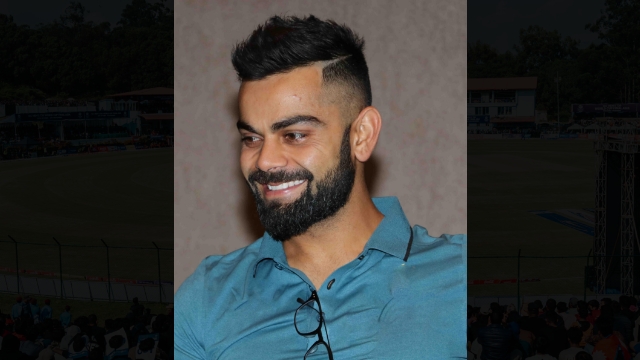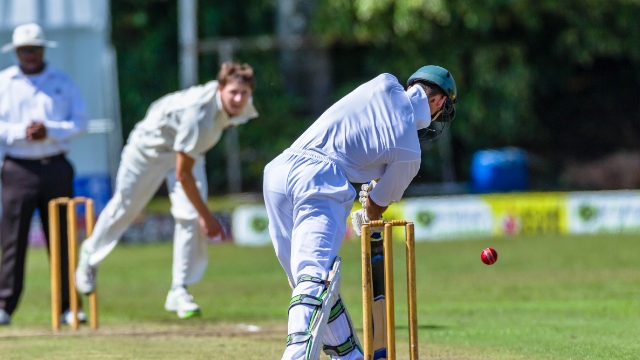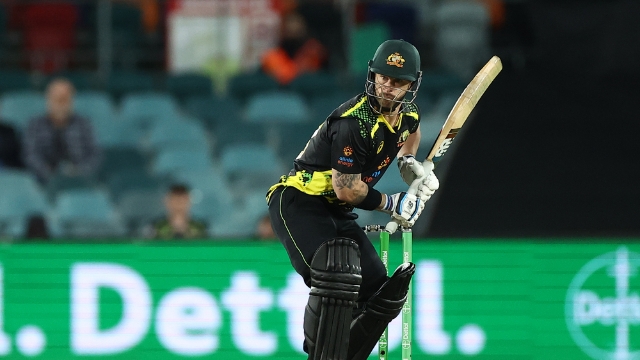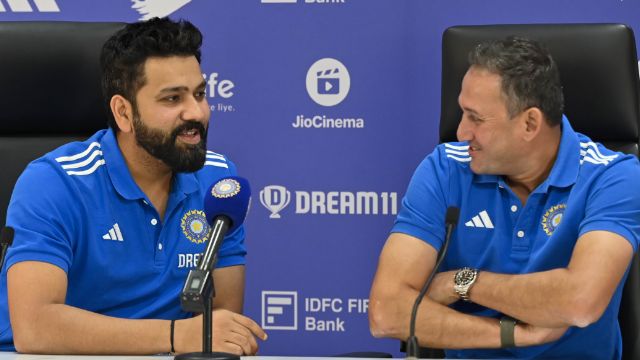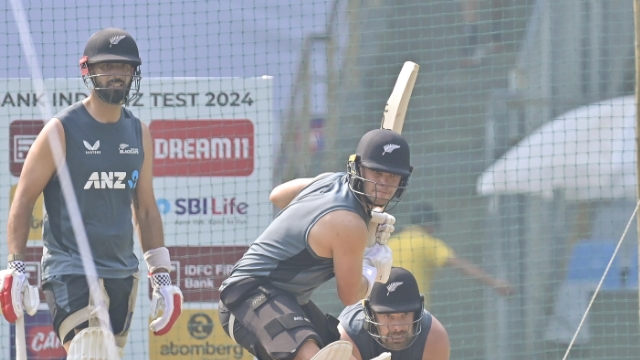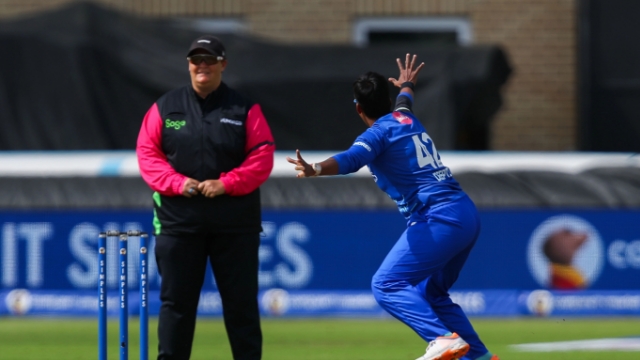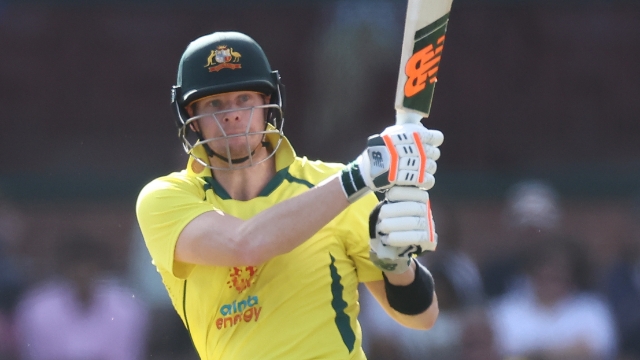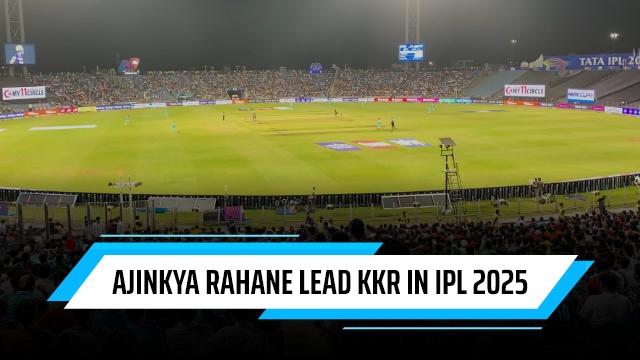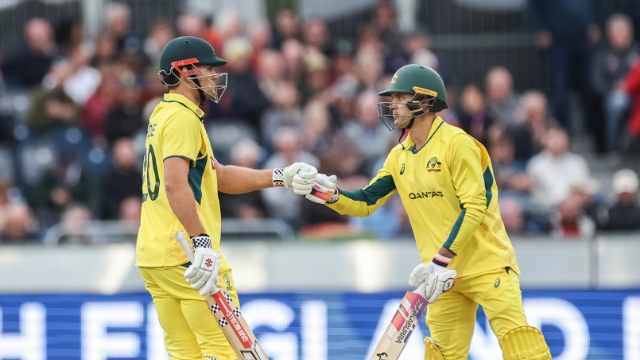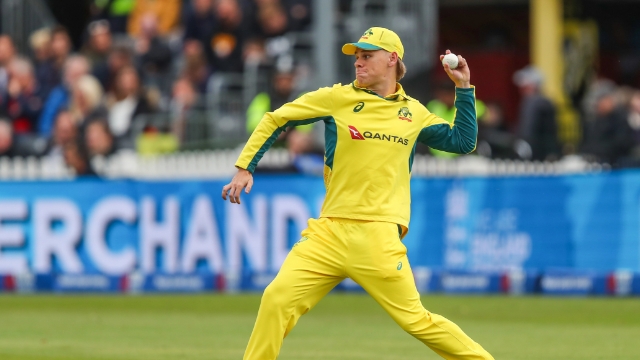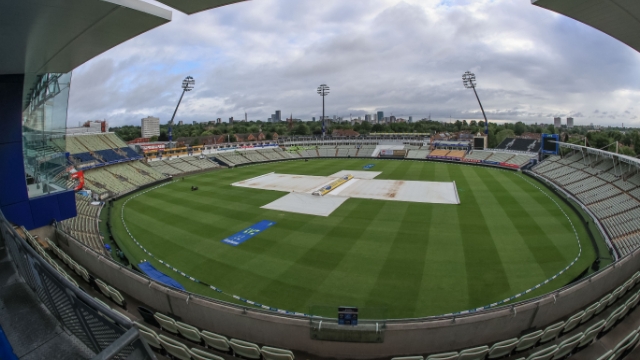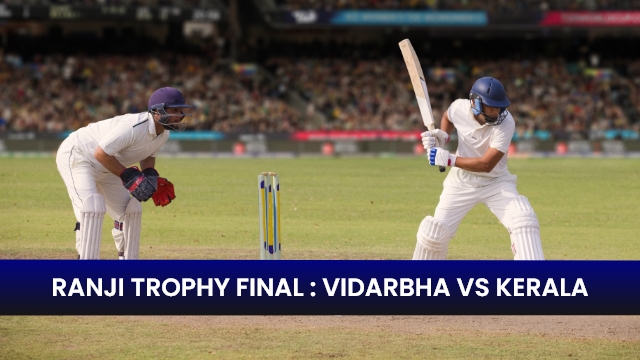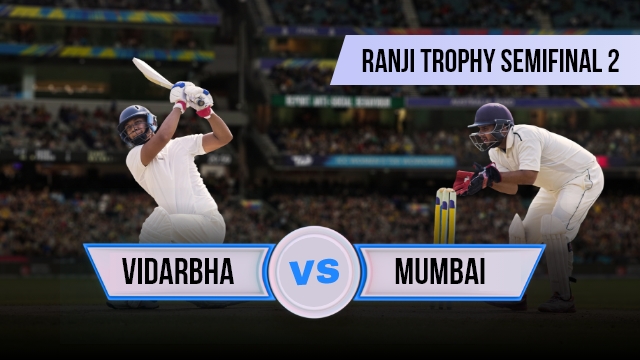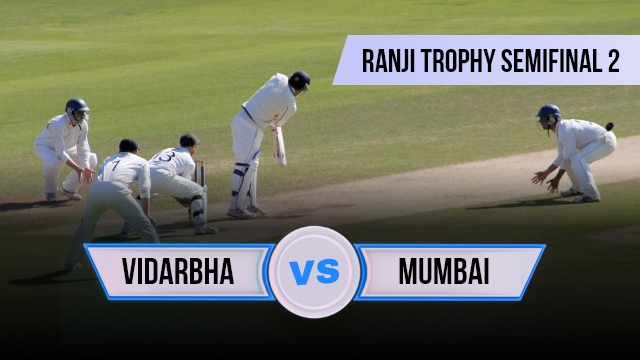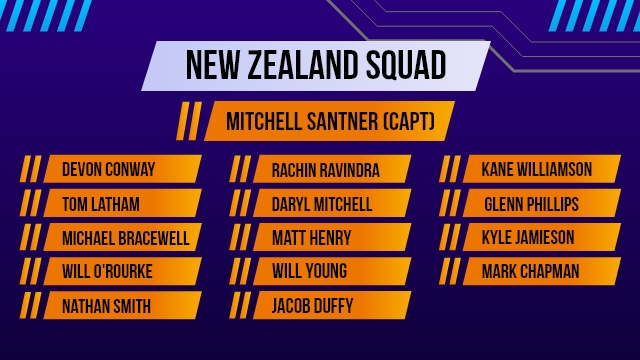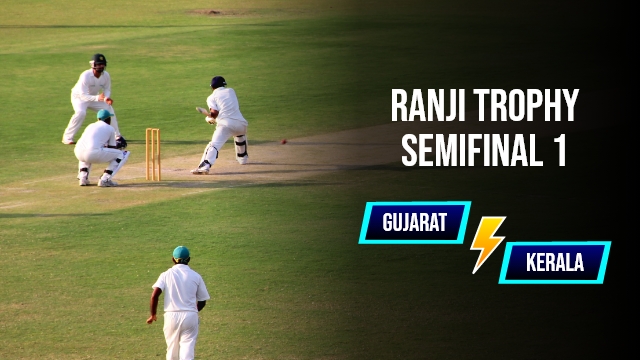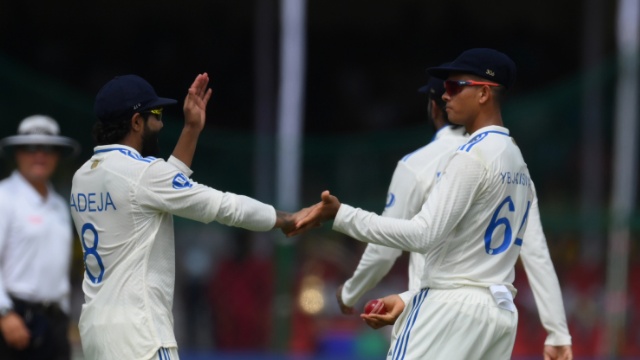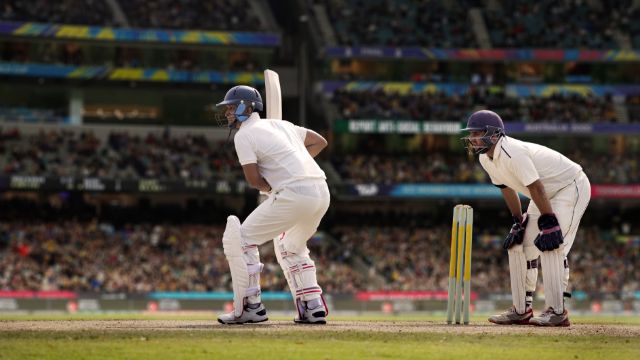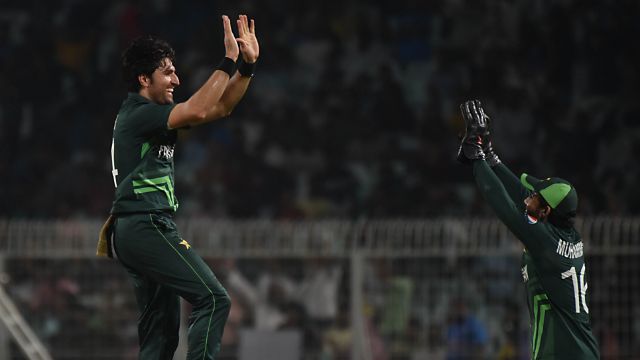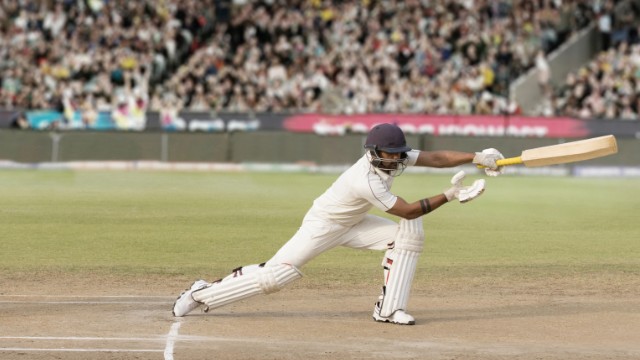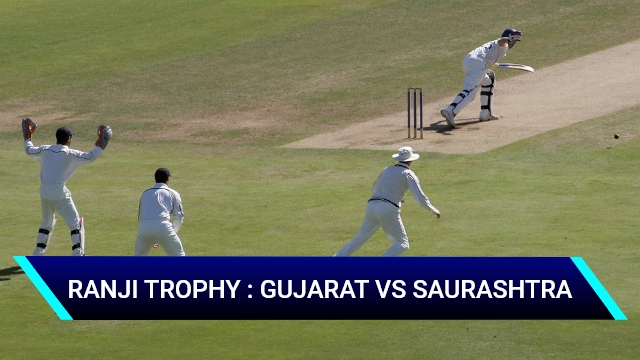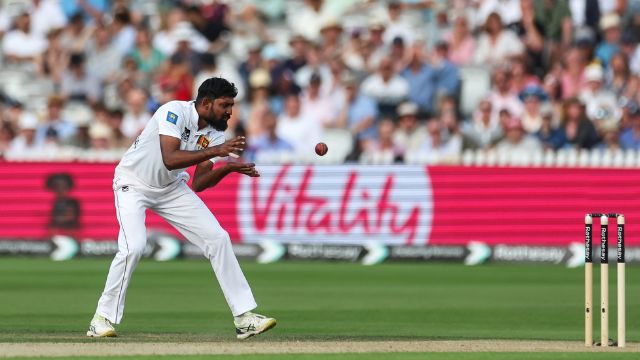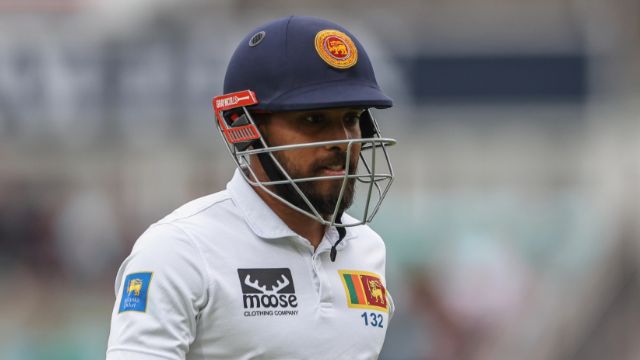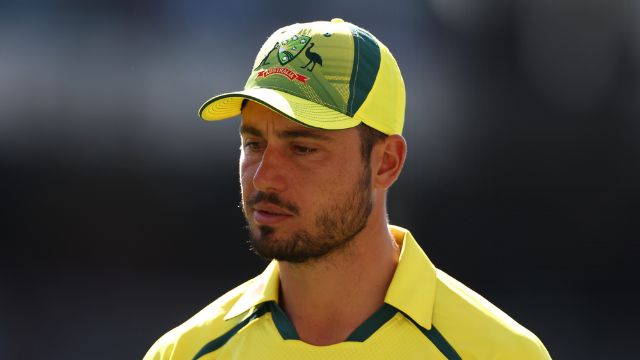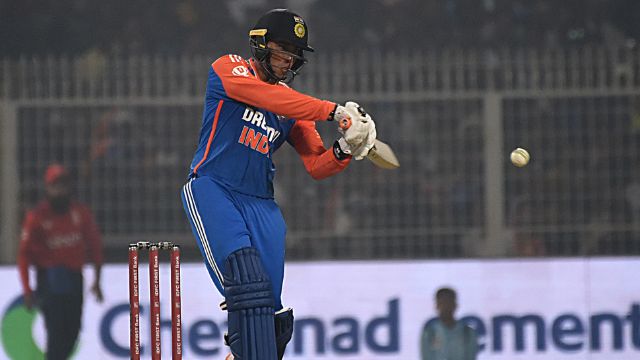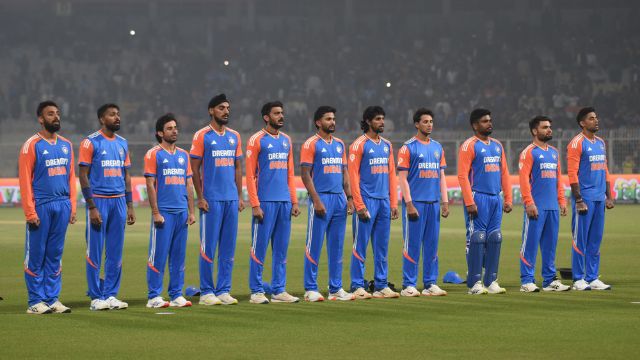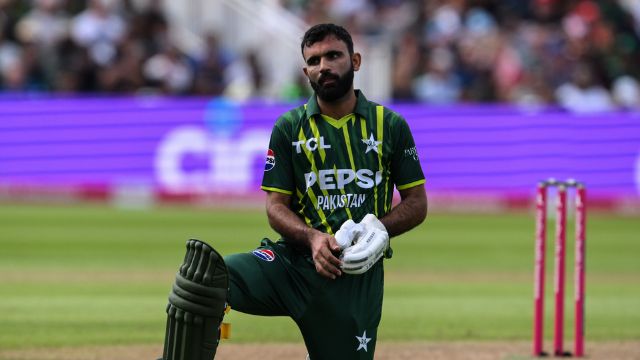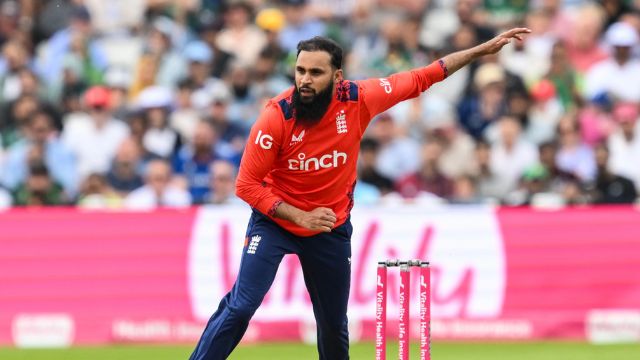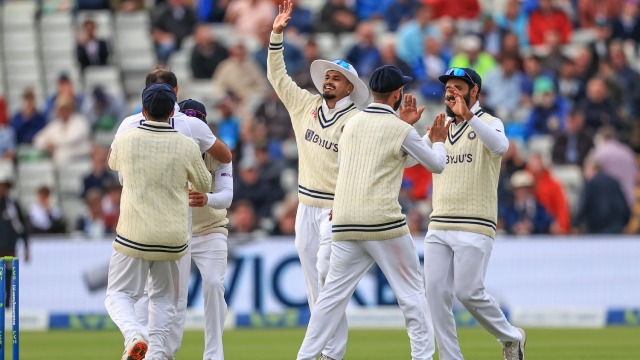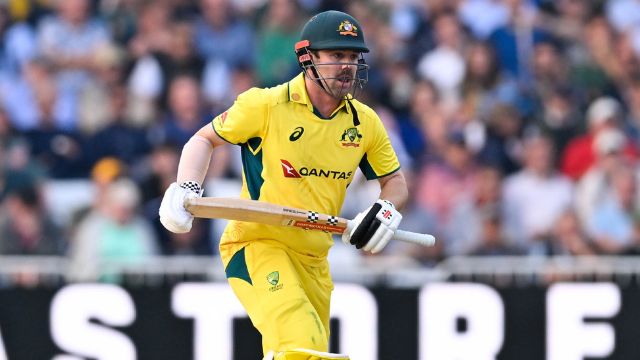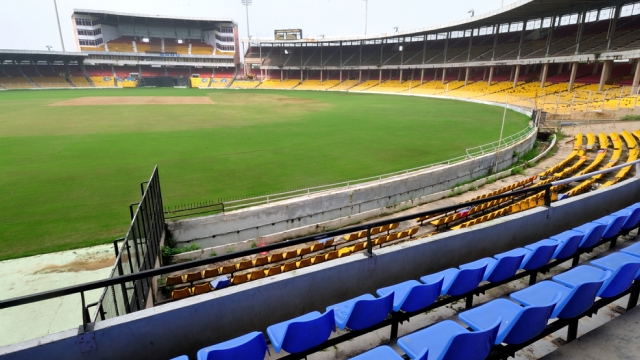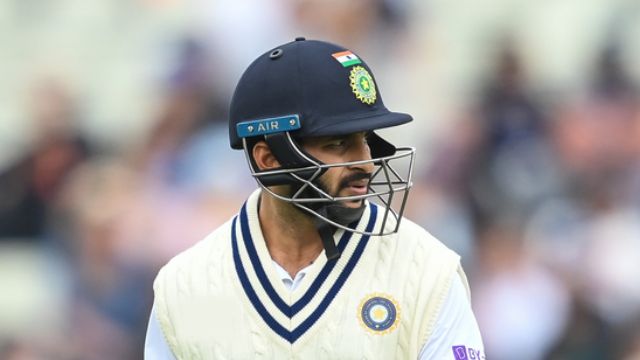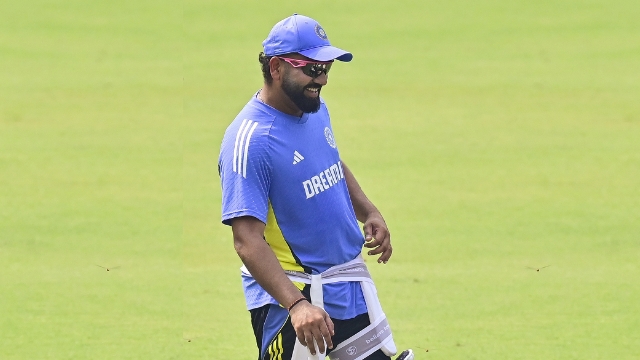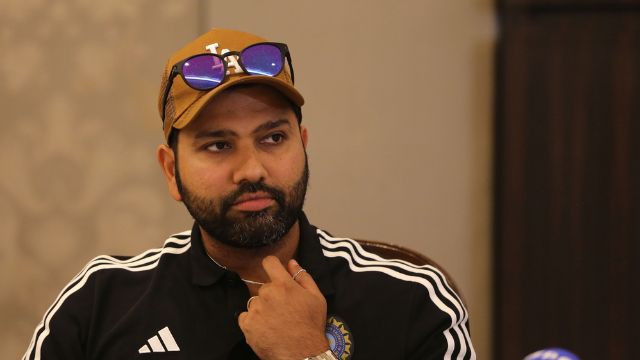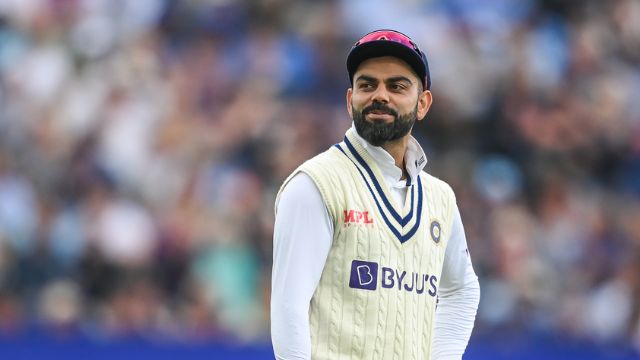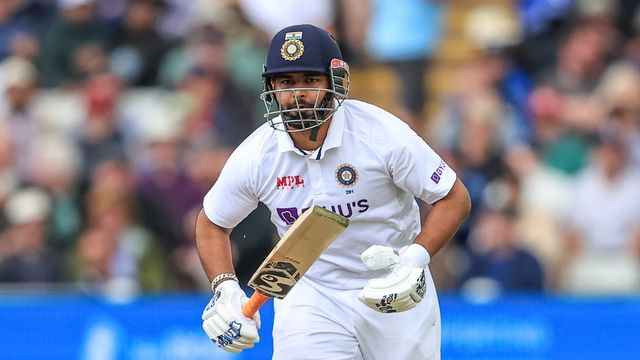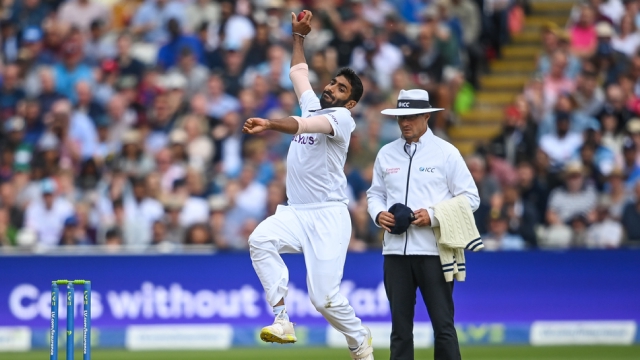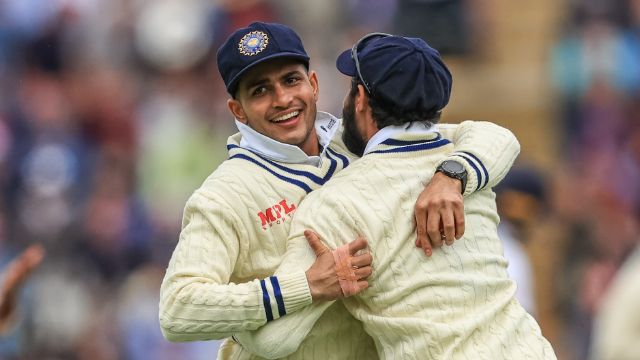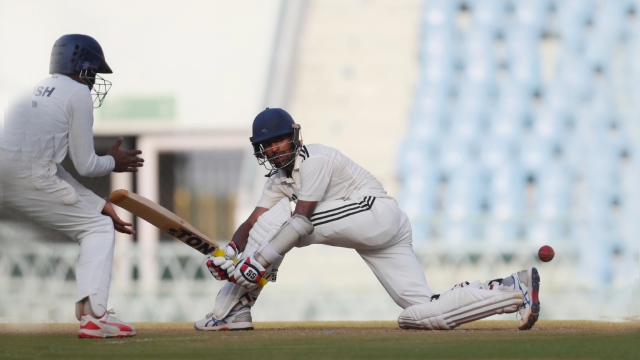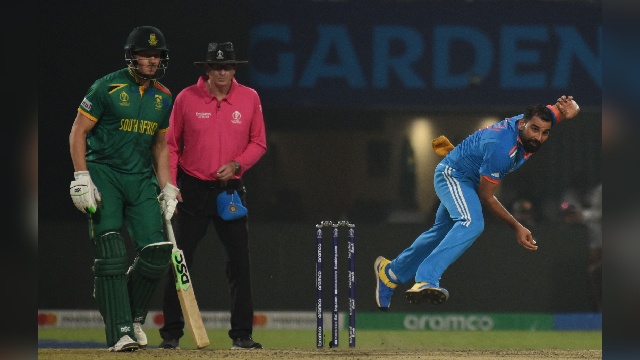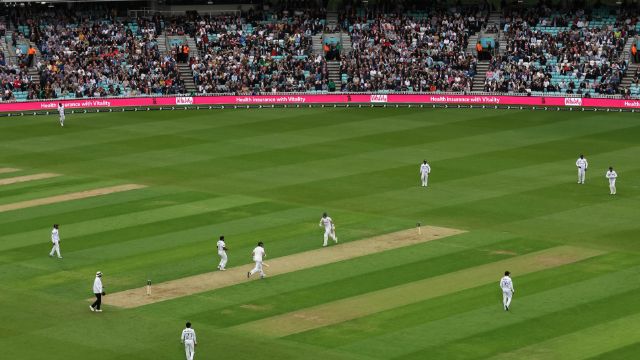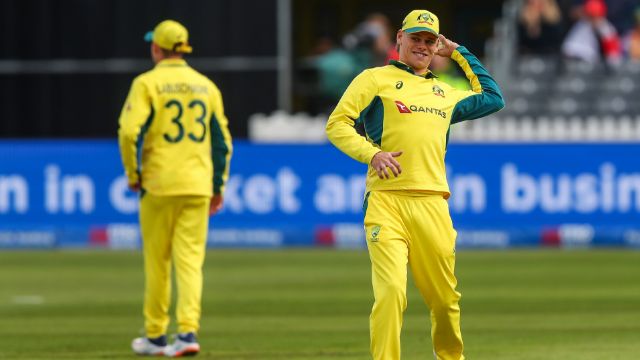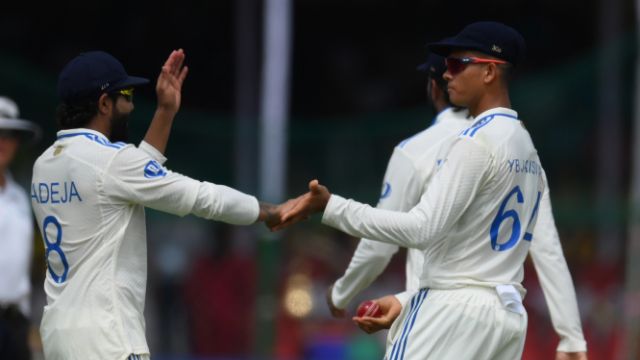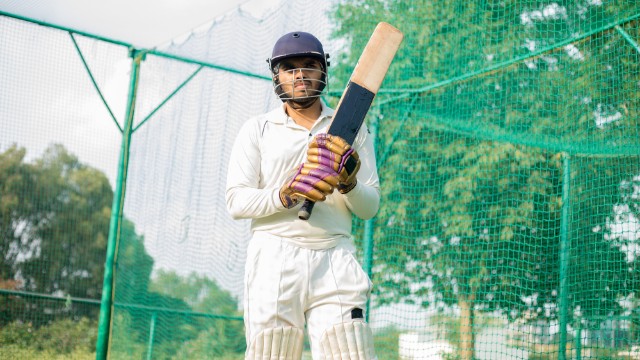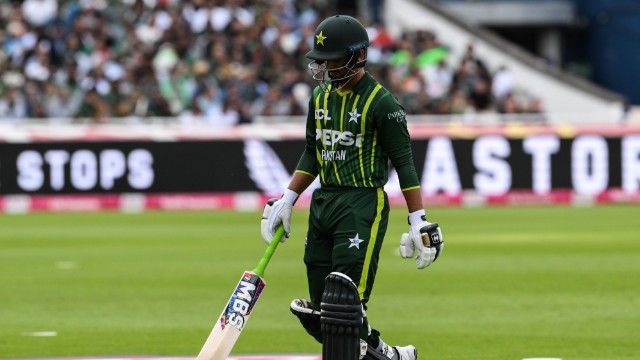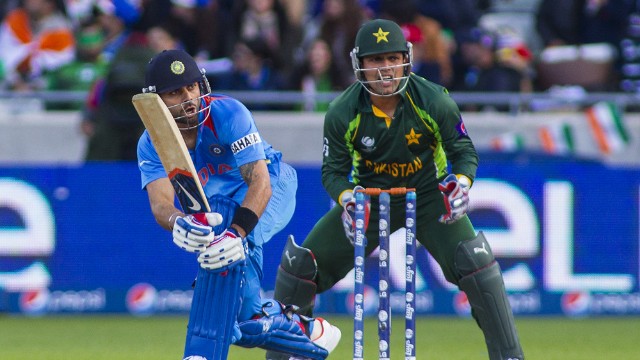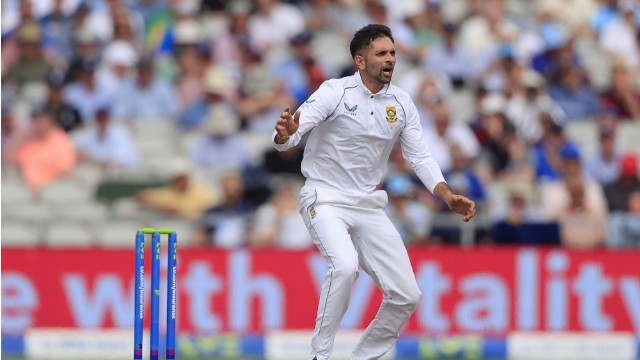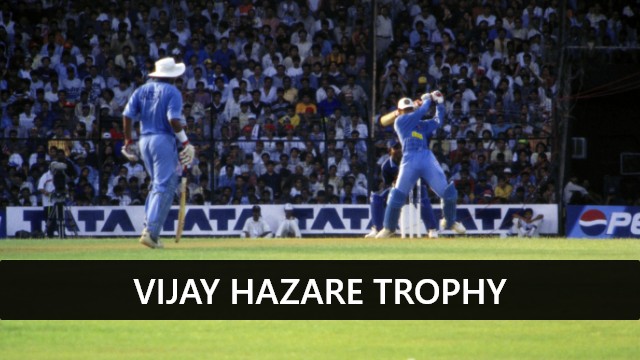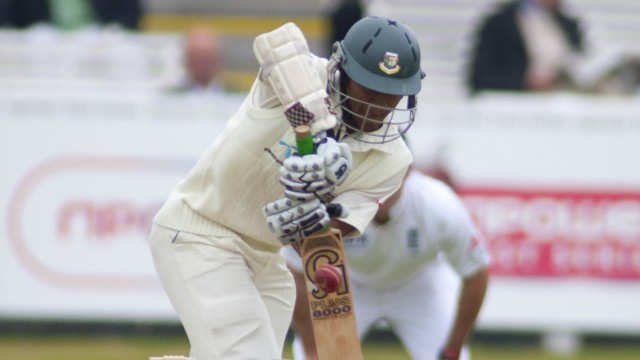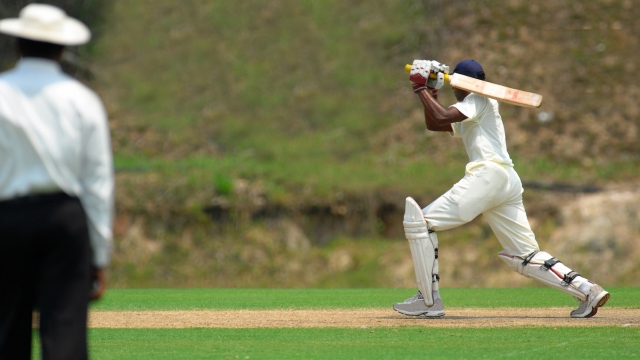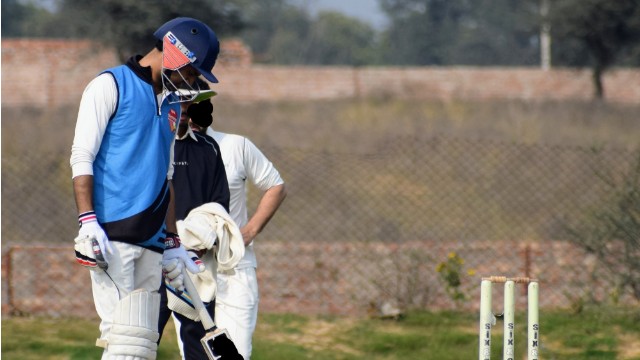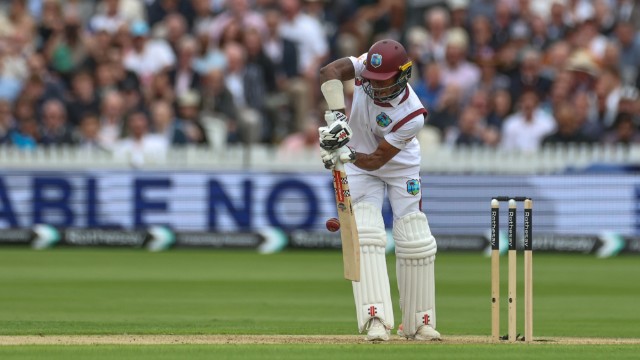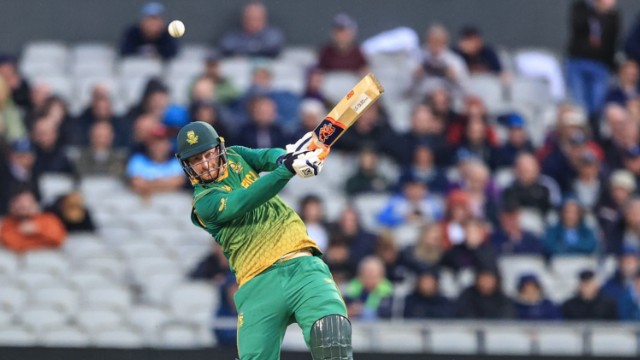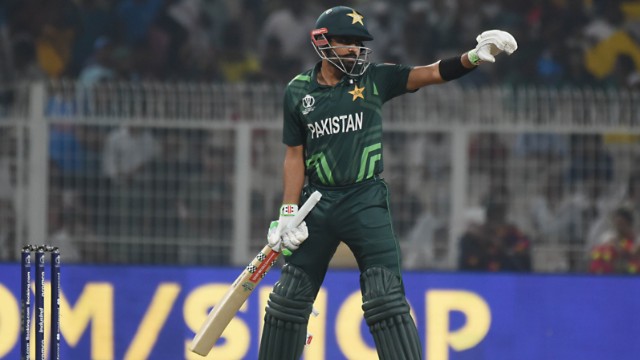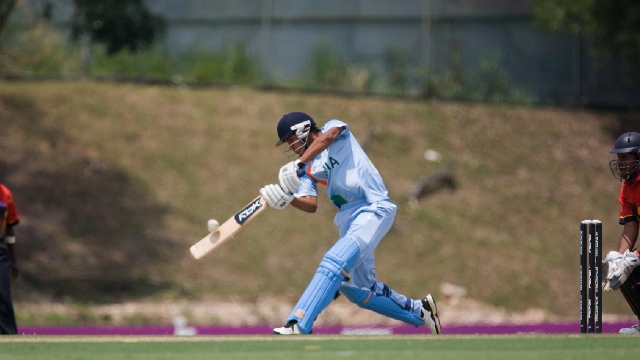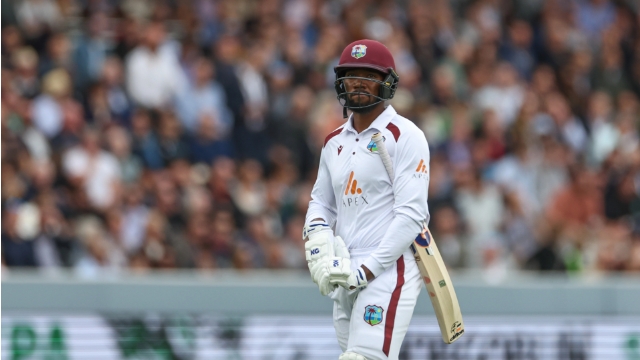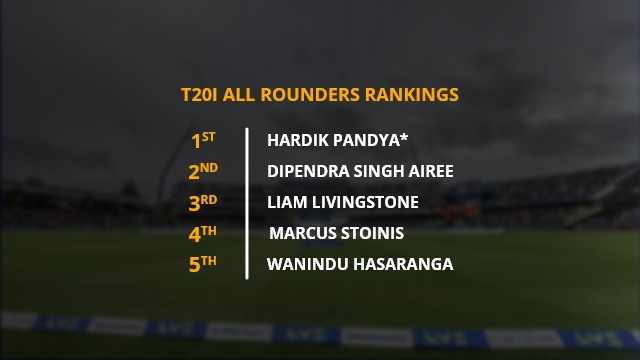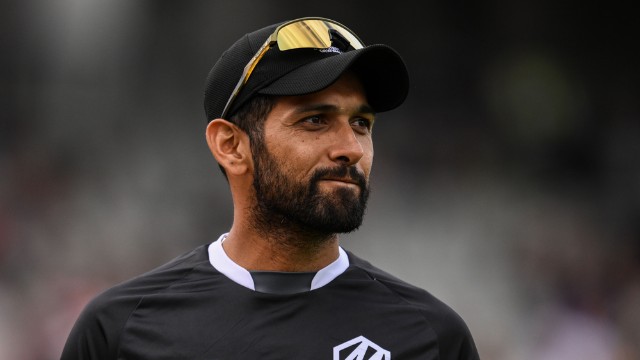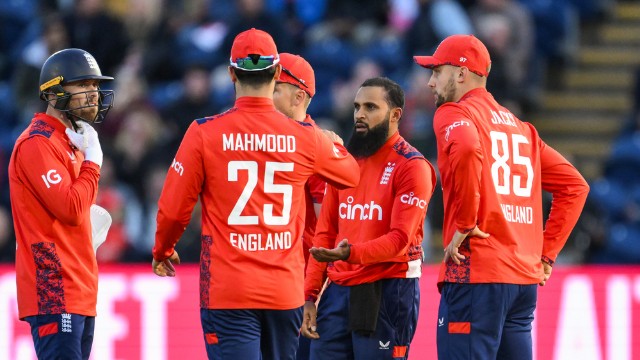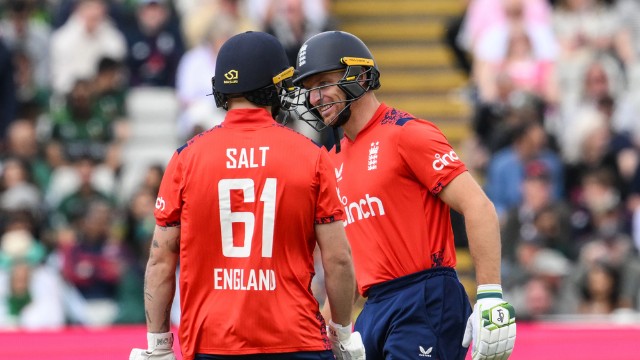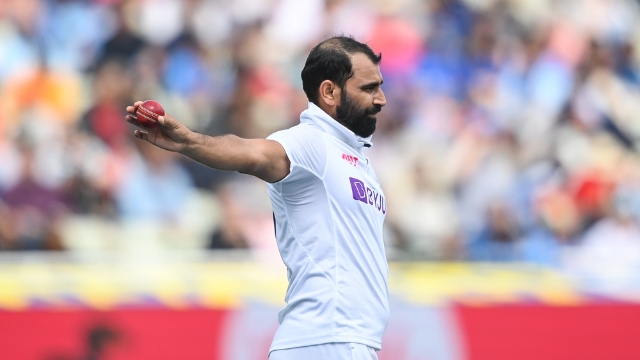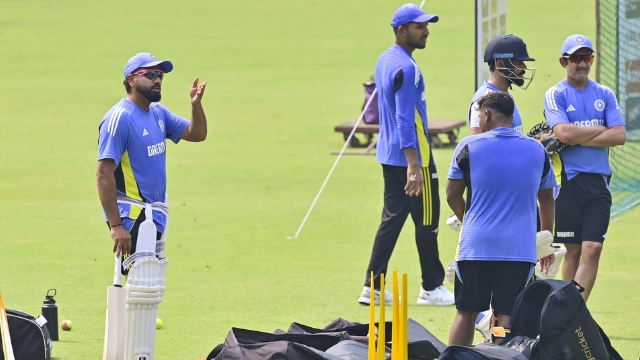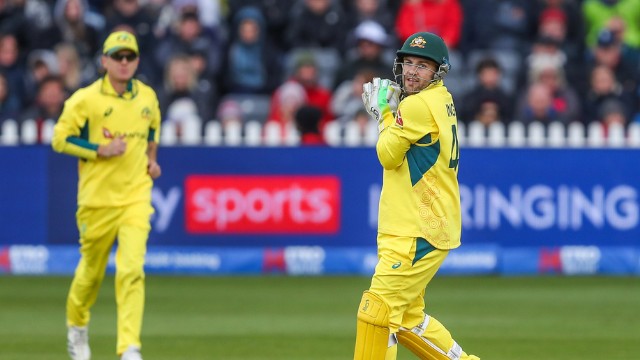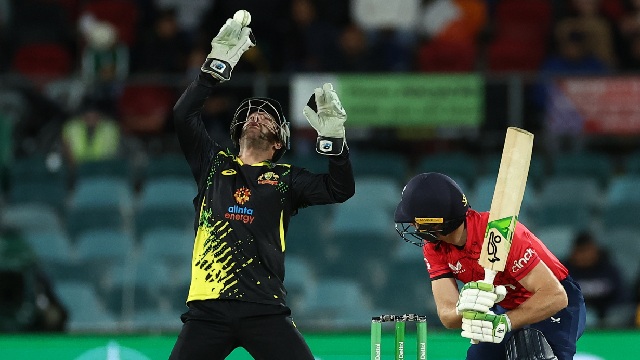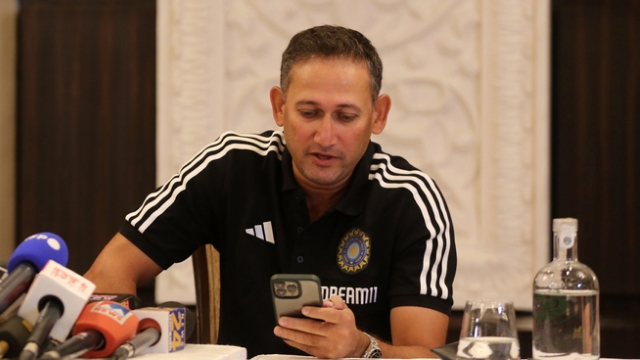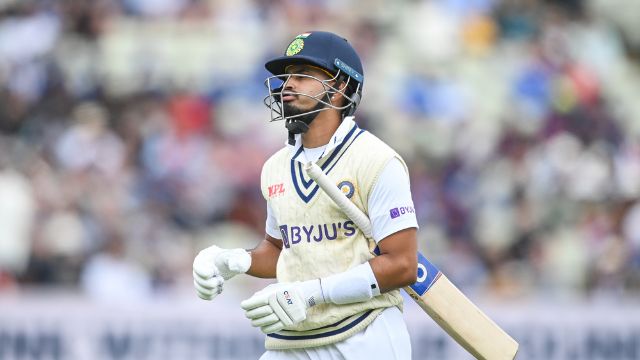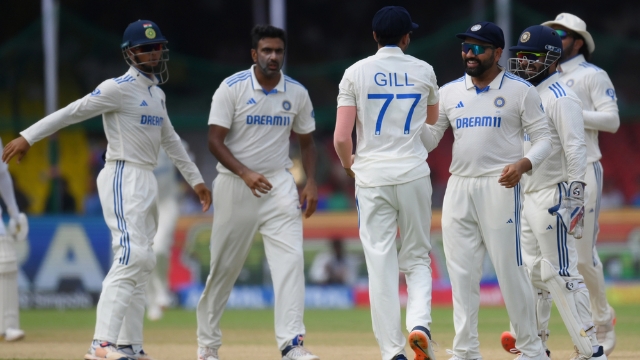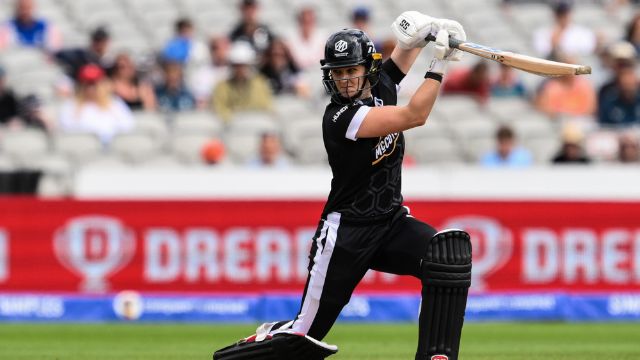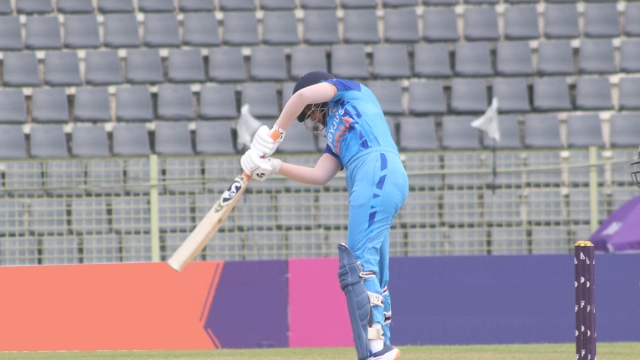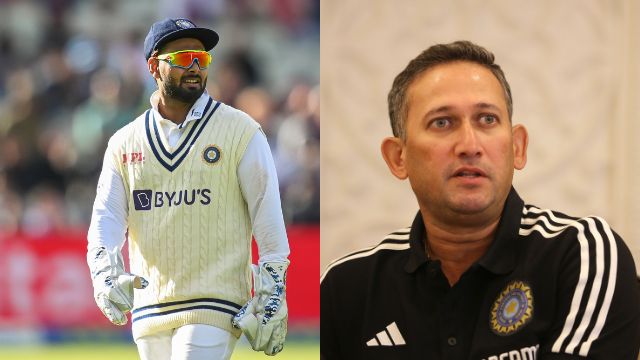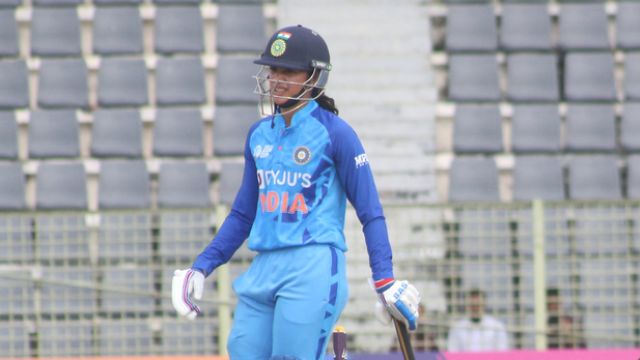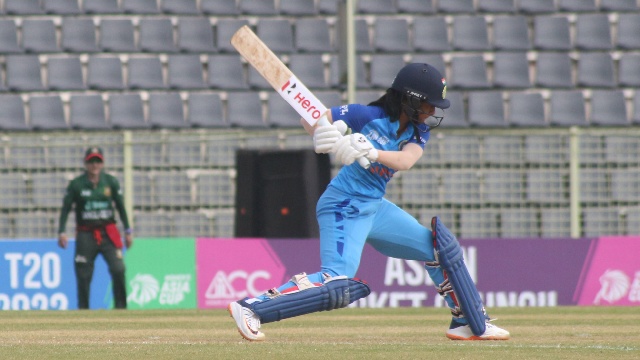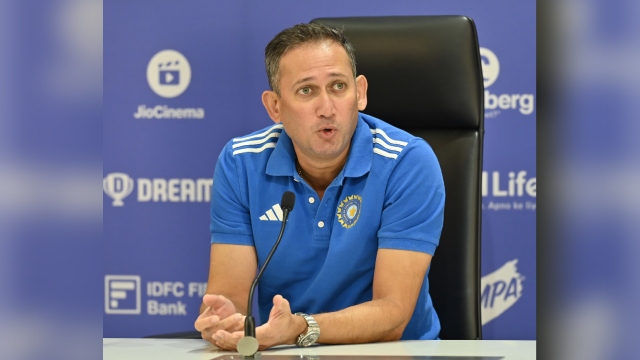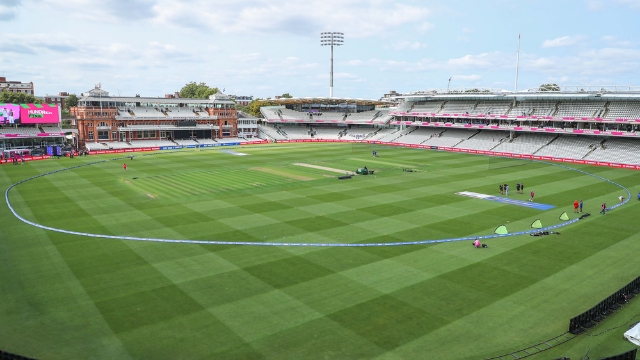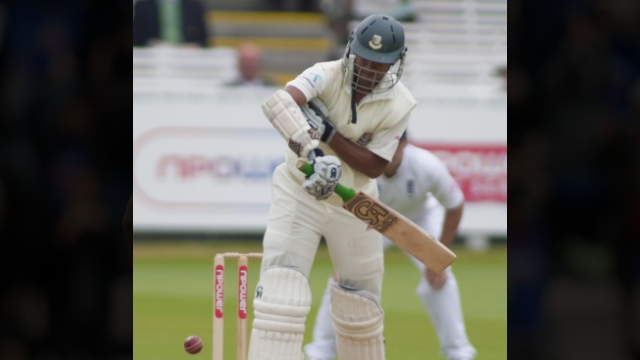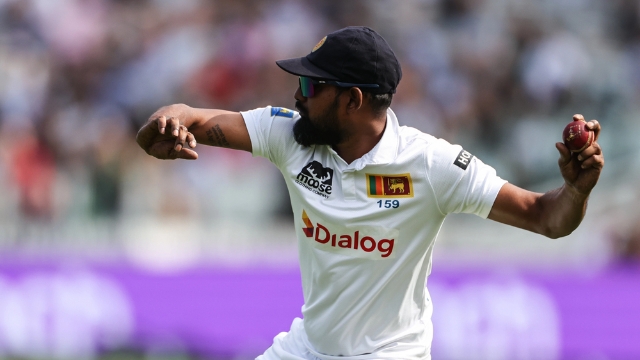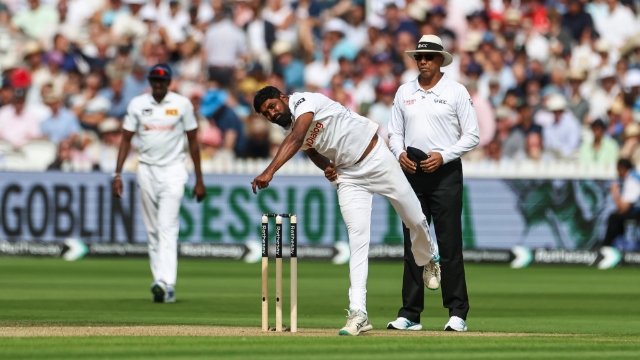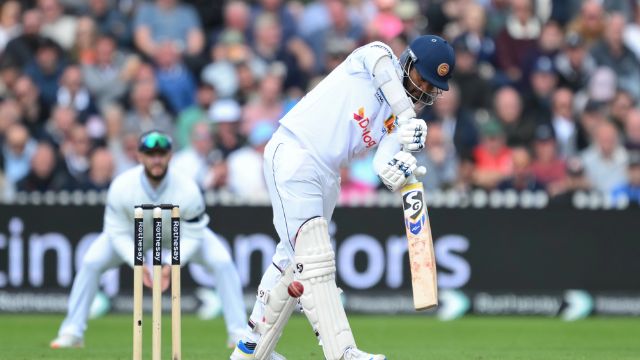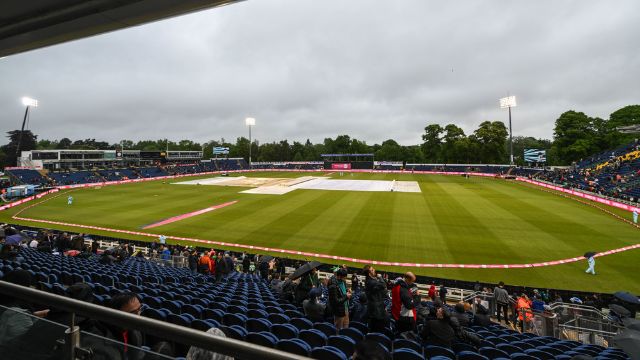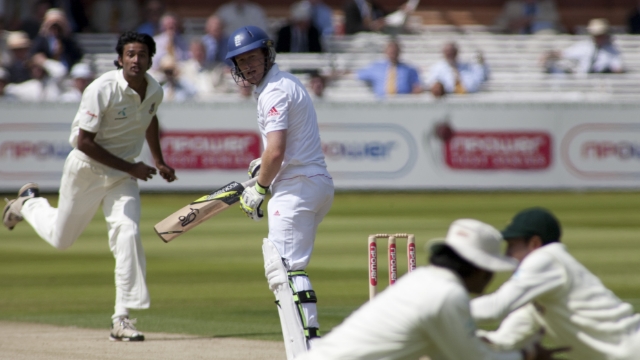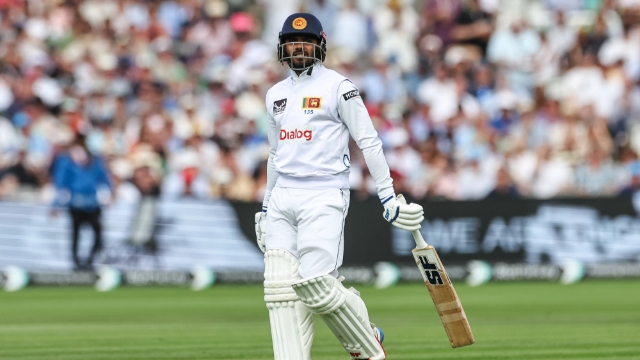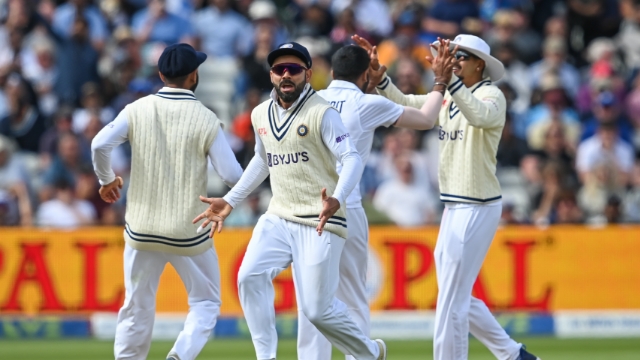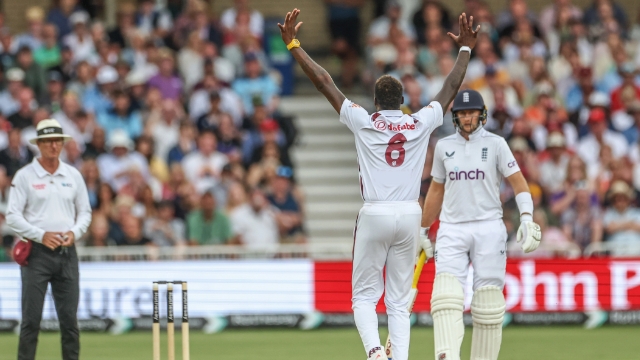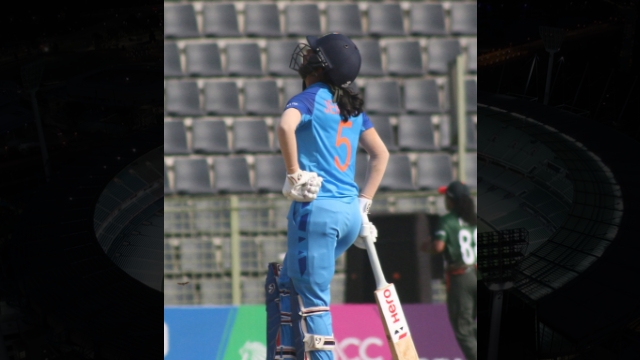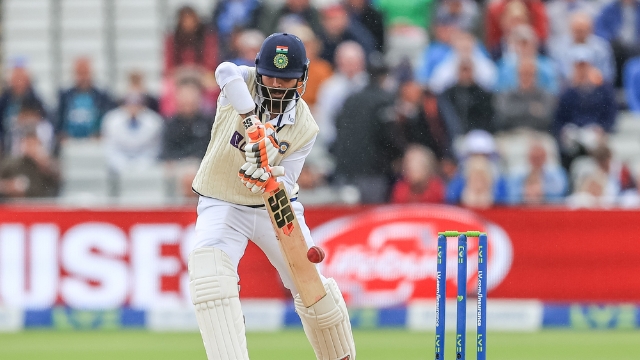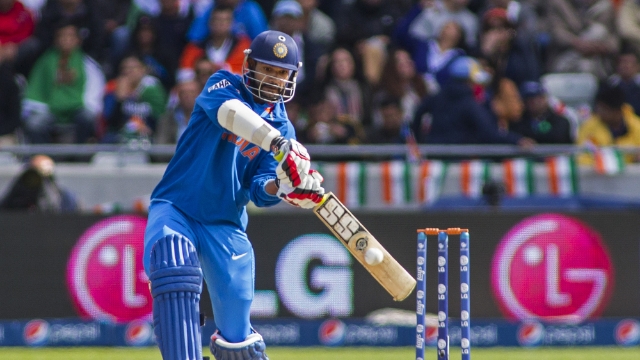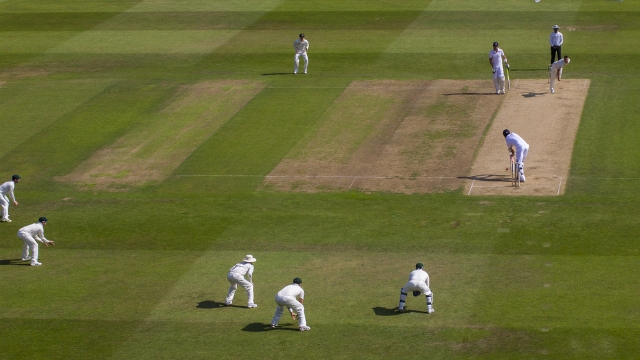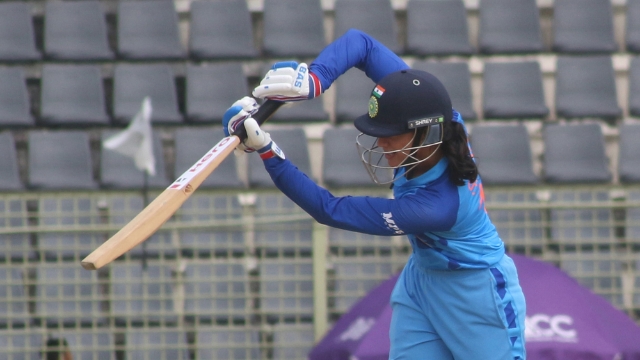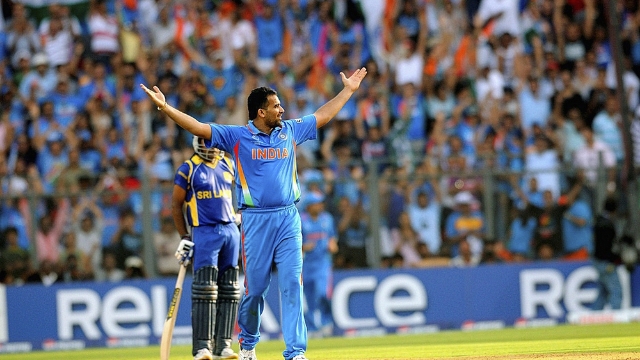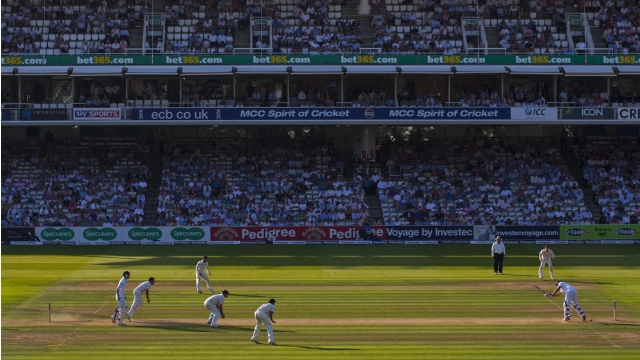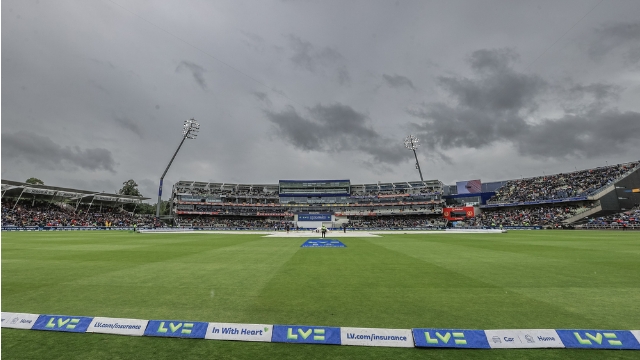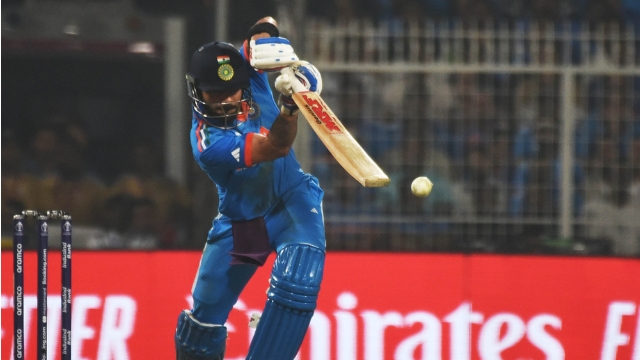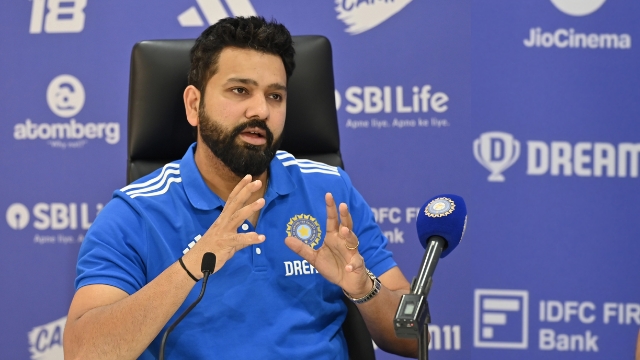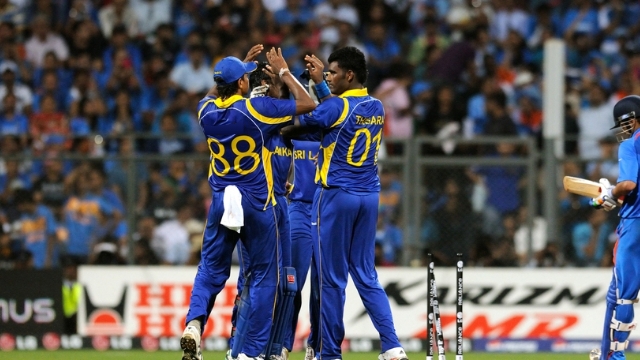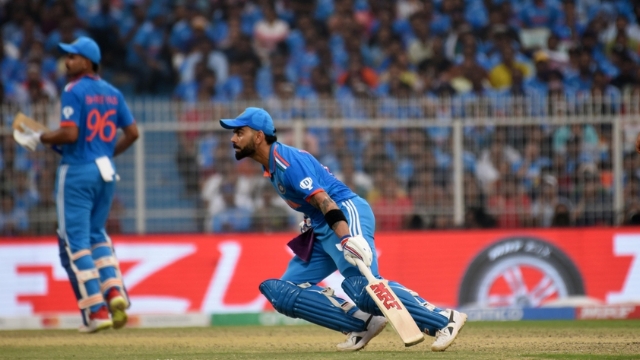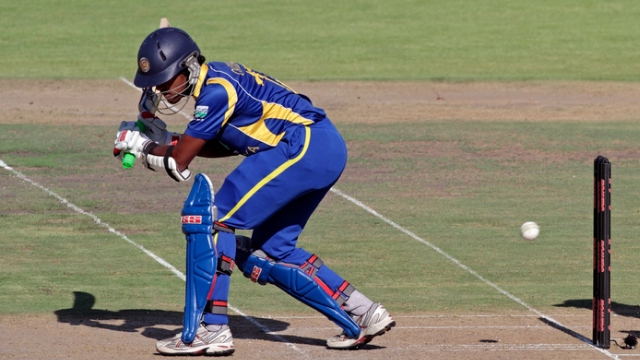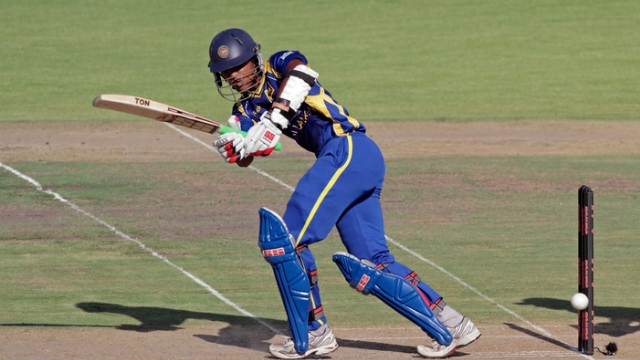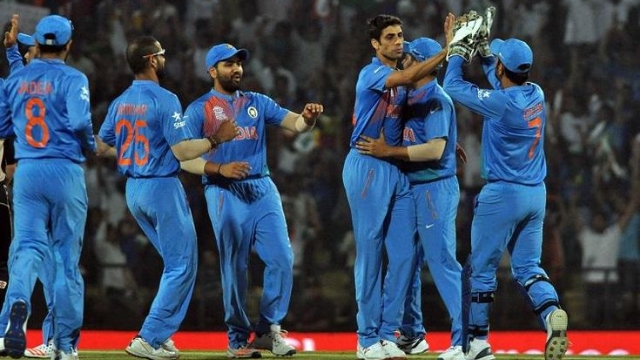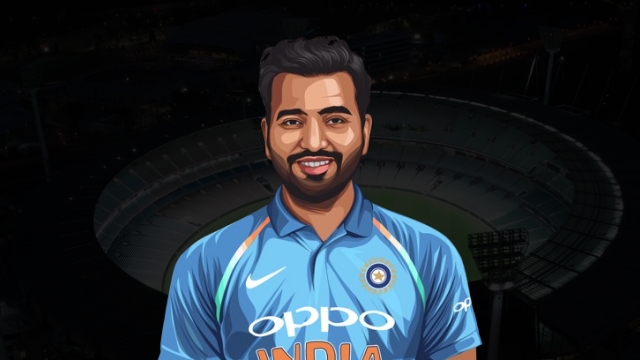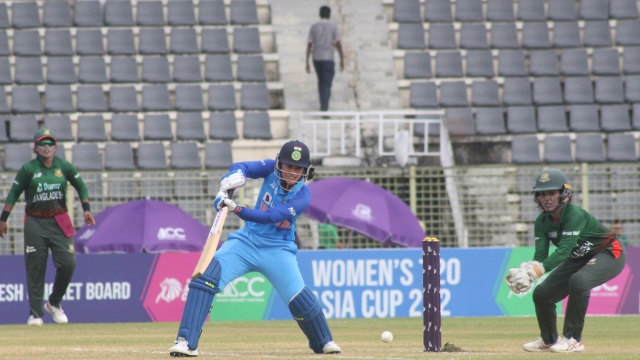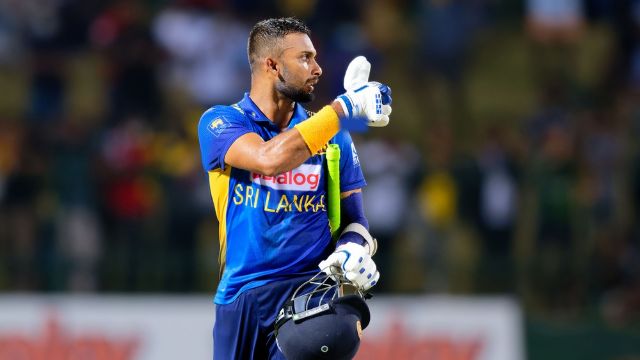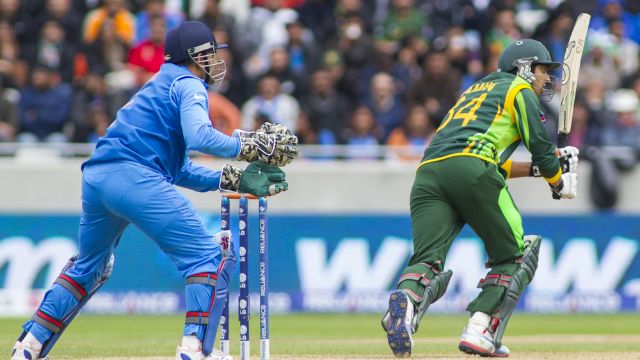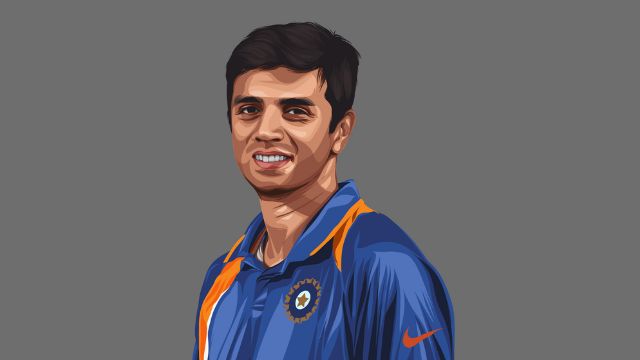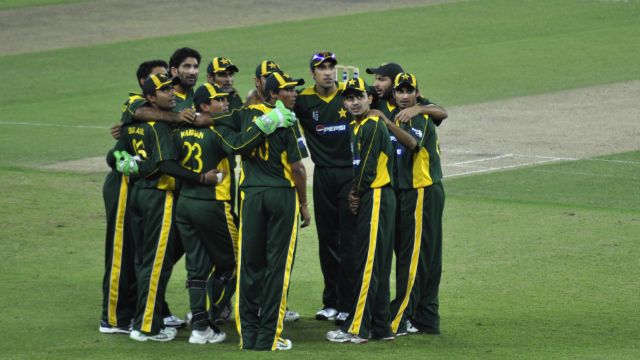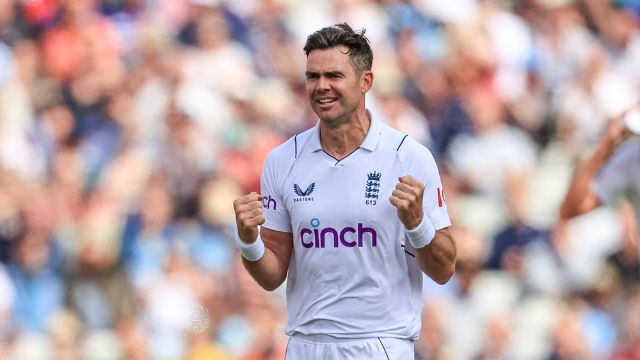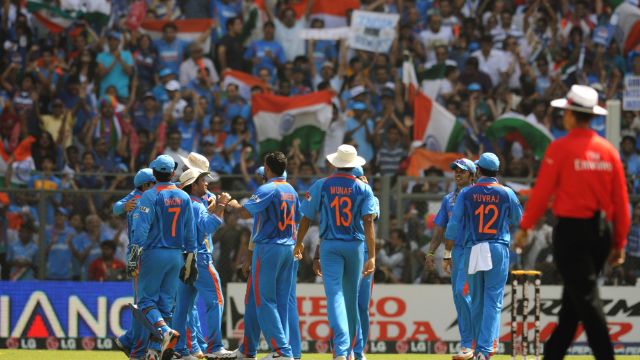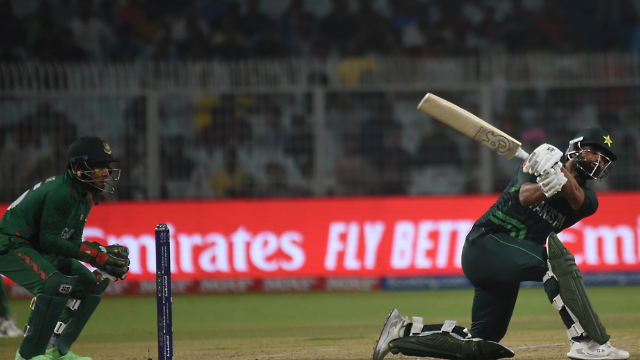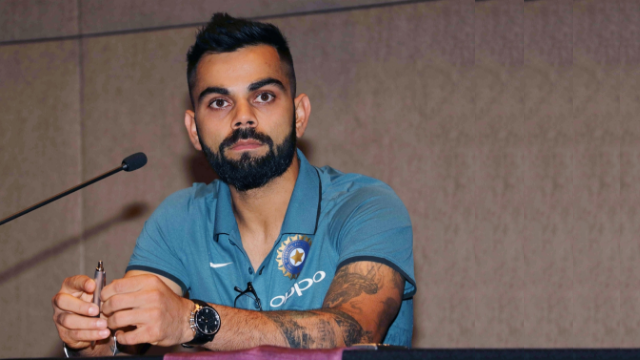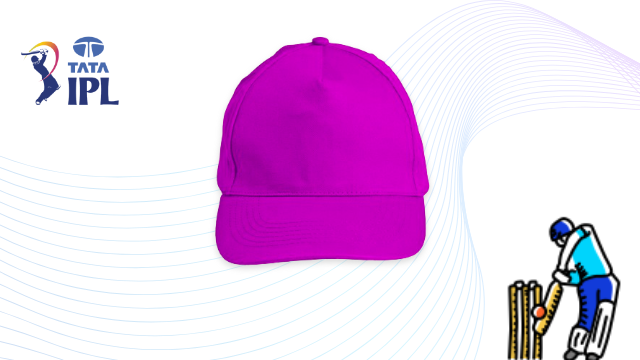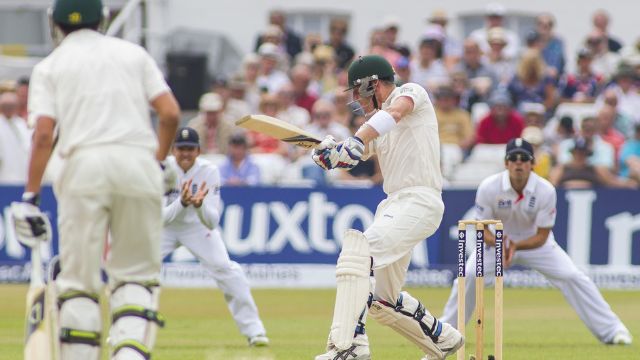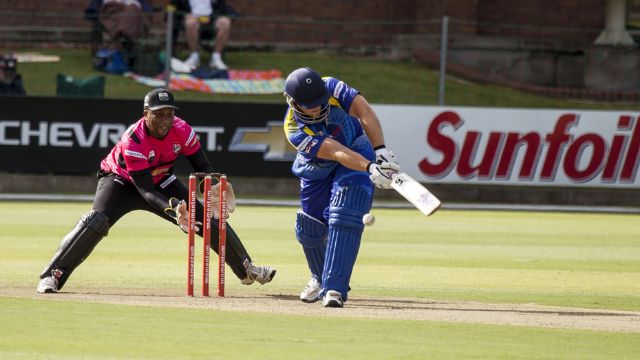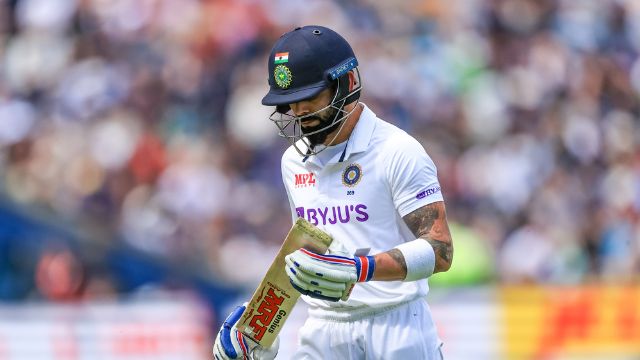
Image Source : Depositphotos
India bowled out for 46 as Henry and Conway shine in New Zealand's perfect day
India bowled out for 46 as Henry and Conway shine in New Zealand's perfect day
Rachin Ravindra registered his second Test hundred to extend New Zealand's lead to 299 at Lunch on Day 3.
The wait was worth it for New Zealand as on day seven of the India Tour this year, they were able to get on the field very well, especially on day two in Bengaluru but lost a good toss. Their wish to bat first was denied as India won the ross, the pitch was covered for a whole week, which took advantage of New Zealand bowlers and they did spectacularly bowling and knocked out all Indian players at 46, which was their lowest score at home and third overall.
In the history of the test, this is the fourth-lowest first innings who had chosen to bat first. All because of Devon Conway's impressive 91 on calmer pitch conditions, New Zealand built a lead of 134 by the end of the day, with seven wickets still in hand.
Both sides didn’t take the chances very well. On one side, when India won the toss and decided to bat first by choosing three spinners. India made a mistake here as they trusted the pitch’s dry nature more than just the overcast conditions and wet lead-up to the Test. Even though they preferred to bat first, they chose to play three seamers, including Matt Henry, who thrives in such conditions. Henry took five wickets, reaching 100 Test wickets in total.
In the first over it was noticed that the ball was moving more than the team expected it to be. At first New Zealand made runs with just the two slips but then they strengthened the cordon. India was now responding on instinct, rather than relying on the mental preparation they had shown in tough conditions in England back in 2021.
India's instinct was to counterattack. Jaiswal played a risky shot to the 12th ball he faced, even as Tim Southee was putting pressure on him. Rohit Sharma narrowly survived an lbw appeal against Henry due to the umpire's call but soon attempted to hit Southee over his head. However, the wobble-seam ball swung back in and hit the top of his leg stump.
Subhman Gill was missing from the team because of his stiff neck which is why Virat Kohli was put on No.3 after 2016. Although it was bold of Kohli to move up the order, the batter most suited to handling seaming conditions is KL Rahul, currently batting at No. 6. He is the only Asian opener to have scored centuries in Australia, England, and South Africa.
Kohli didn't get the opportunity to make a mistake or demonstrate his skills, as the ninth ball he faced sharply swung back in and bounced due to Will O'Rourke's height. Glenn Phillips, positioned at leg slip, dived forward to catch it off Kohli's glove, indicating a well-planned strategy.
There was another surprise in the batting order when Sarfaraz Khan came in at No. 4, a position higher than he usually plays in domestic cricket. On his third ball, he tried an aerial drive but mistimed it. Conway made a stunning catch at mid-off, diving to his right and grabbing it behind his body. This was a well-deserved wicket for Henry, who got an average seam movement of 1.3 degrees in the first session.
Rain briefly stopped play with India at 13 for 3 in 12.4 overs, without a single boundary. After the break, India had some luck when Tom Blundell dropped an easy catch from Rishabh Pant, and a few risky shots didn’t result in more wickets.
However, Jaiswal soon fell for 13 off 63 balls, after misjudging a cut shot. He was in control of only 42 of those deliveries. With his dismissal, the momentum shifted, and wickets started falling quickly before and after lunch. Six minutes before the break, KL Rahul edged O'Rourke down the leg side, and Ravindra Jadeja followed with a poorly timed flick that led to a leading edge, ending the session.
Right after lunch, Henry bowled a beauty, hitting the shoulder of R Ashwin’s bat from a good length. Pant survived the hat-trick ball but edged Henry to second slip just two balls later. Henry continued to bowl on a good length, causing movement off the seam. New Zealand's bowlers consistently hit the 6-8 meter mark, sticking to this area about half the time, and only occasionally moved to 5 meters. They rarely bowled at 4 meters, where they could be driven easily.
Henry wasn’t finished yet. He sprinted full-speed to his left from fine leg to help O'Rourke get his fourth wicket when Jasprit Bumrah, after being hit by a bouncing ball, decided not to stick around. Henry completed his five-wicket haul with help from substitute Michael Bracewell, who made a diving catch at gully to dismiss Kuldeep.
It was a tough day for India. When they came back out, the sun was shining, and although the ball was still moving, it wasn’t as dangerous as in the morning. India’s innings ended in just 31.2 overs, with an average seam movement of 0.87 degrees. Their bowlers could only get 0.65 degrees of movement in the first 31.2 overs, during which New Zealand reached 111 for 1. While New Zealand played just 36 false shots in that time, India had already been bowled out for 75.
Conway, especially, drew home the advantage during this period. India's selection meant they had to go to spin early, and Conway attacked Ashwin before the ball had a chance to start helping the spinners. He drove anything too full from the quicks, and swept, reverse-swept and charged at the spinners. It didn't help that India missed three chances in the slips: Rahul lost the ball once, and Rohit missed one half chance and one to his right off Jadeja. Pant, too, missed two stumpings. None of the beneficiaries survived till stumps.
Rohit made up for it with a gully for Jadeja, which drew a big sweep from Will Young, resulting in a catch at short fine leg. Conway had bossed Ashwin with the new ball, but was bowled nine short of a hundred when trying to welcome him back with a reverse-sweep. The ball was now misbehaving enough for the spinners to provide some justification for India selecting three of them.
It also underlined the importance of fourth-innings-proofing the lead for New Zealand. Rachin Ravindra and Daryl Mitchell took the first steps towards that by surviving the last 10.5 overs of the day.
Conway took full control during this phase. India's bowling choices forced them to turn to spin early, and Conway took advantage, attacking Ashwin before the pitch could help the spinners. He drove anything too full from the fast bowlers and used sweeps, reverse-sweeps, and charges against the spinners. India's fielding didn’t help—Rahul lost sight of a catch, and Rohit missed two chances in the slips. Pant also missed two stumpings, though none of those batters lasted until the end of the day.
Rohit adjusted his fielding by placing a clever player in the gully position for Jadeja, which led to a catch at short fine leg after Will Young attempted a big sweep. Conway had been doing well against Ashwin with the new ball but got out for 91 runs while trying a reverse sweep just before he reached his hundred. By this time, the ball was behaving unpredictably, which justified India’s choice to play three spin bowlers.
New Zealand then focused on building a strong enough lead to handle a potential chase in the fourth innings. Rachin Ravindra and Daryl Mitchell worked on this goal, managing to survive the last 10.5 overs of the day.
Top Articles
See more
Master Vaibhav T-20 Champions Trophy Final: Ghaziabad Cricket Association vs Meerut Blue
26 Mar 2025
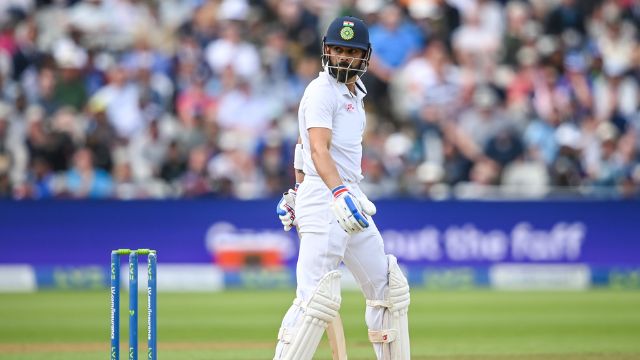
Kohli dismissed early; Pujara, Rahane, and Ayush Badoni narrowly missed out on centuries
31 Jan 2025
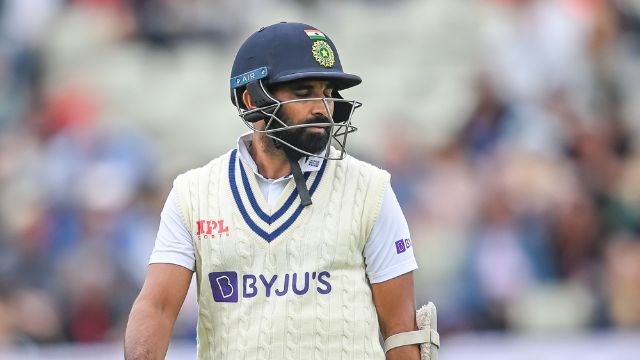
Shami, fully pain-free, aims to play domestic matches to prove his fitness for Australia
22 Oct 2024
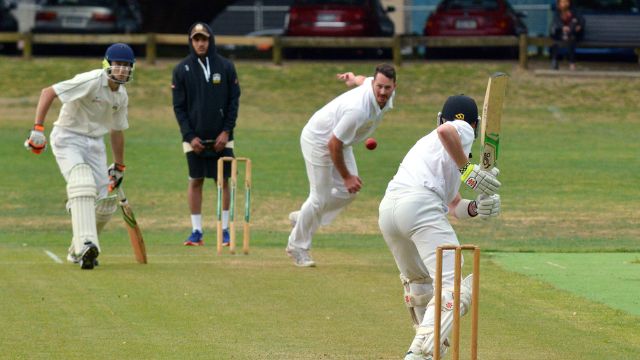
New Zealand Fast Bowler Ben Sears Misses India Tour; Uncapped Jacob Duffy Added to Squad
15 Oct 2024
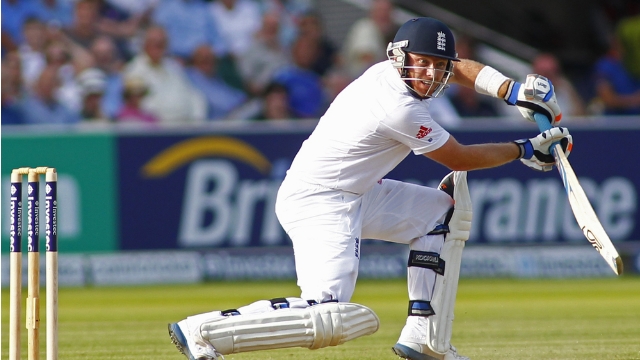
Sri Lanka Selects Former England Star Ian Bell as Batting Coach for Upcoming Test Series
14 Aug 2024
Get live cricket scores and insightful articles at Giritech Data Intelligence Pvt. Ltd. Follow your favorite matches and read expert analyses, player profiles, and more. Your ultimate destination for cricket updates and in-depth coverage.
Any Questions? Contact us at: contact@gamegiri.com
Copyright & Design By Giritech Data Intelligence Pvt. Ltd - 2025 All rights reserved.

